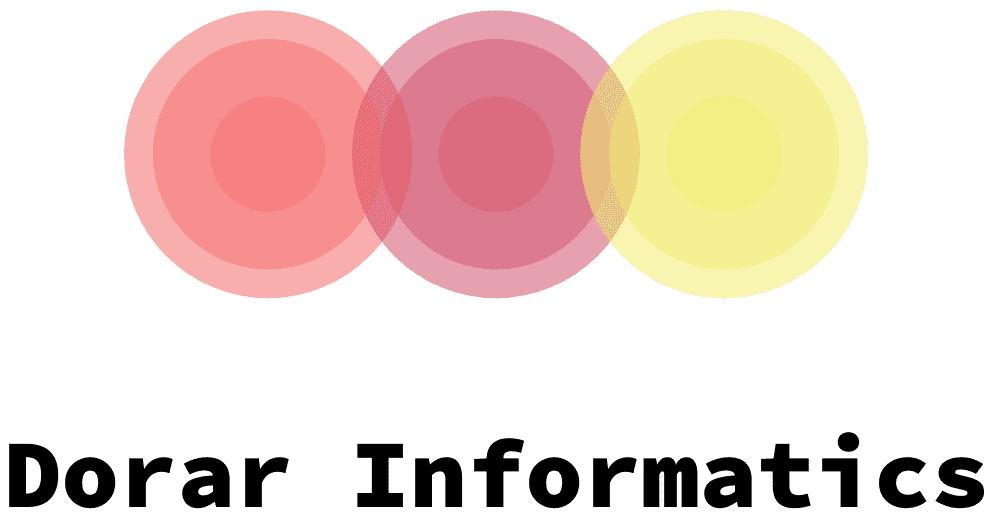Reinsurance is a type of insurance that insulates an insurance company from the risk of a major claim. This is because it allows an insurance company to pass on part of its own insurance liability to other companies.
Treaty reinsurance
Treaty reinsurance is a kind of reinsurance that provides protection for the ceding insurer against large losses. It is a pre-negotiated agreement between the reinsurance company and the ceding insurance company.
A treaty agreement can be used to cover a number of different types of risks. The terms of the agreement are often written in a way that protects both parties against catastrophic losses. This type of reinsurance is useful in situations where an insurer is lacking in economies of scale.
Treaty reinsurance offers an insurer the ability to underwrite bigger risk volumes without increasing the costs of their solvency margins. In a treaty, the reinsurance company agrees to accept a certain percentage of the policyholder’s premiums, while the ceding company agrees to pay a certain proportion of the reinsurer’s loss claims.
There are two main types of reinsurance contracts: proportional and non-proportional. Proportional reinsurance involves a ceding company and a reinsurer, both of which agree to underwrite a certain proportion of the policies in a given class. Non-proportional reinsurance is not as simple.
One of the most common types of treaty is the quota-share treaty. It is mainly used to launch new lines of business, as well as to meet solvency requirements.
For example, a homeowner’s insurance company with a $75 million capital can write up to $100 million in policies. However, the company would have to underwrite each one of these policies individually, and it might not have enough capital to do so. With a reinsurance program, the insurance company can transfer these policies to the reinsurance provider, giving them the security they need to issue more and more policies.
There are also facultative reinsurance agreements. These are written specifically for a particular package of risks. As a result, they are much more expensive than a treaty reinsurance arrangement.
Another type of reinsurance is the excess of loss reinsurance arrangement. Generally, the ceding company decides the limits of the reinsurance contract, which can vary between policies and risks. When the amount of risk exceeds the retention limit, the reinsurance provider pays up.
In most cases, a reinsurance program can provide the security that a insurer needs, but it does have its drawbacks. Treaty reinsurance is a more transactional form of reinsurance and it can take longer to set up.
Nonproportional reinsurance
Nonproportional reinsurance is a form of treaty reinsurance that limits the liability of the reinsurer. This is because the premium paid to the reinsurer is not proportional to the total amount of claims.
The main benefit of nonproportional reinsurance is that it improves the financial health of the primary insurer. It can also limit the reinsurer’s losses, allowing them to remain solvent. However, it can lead to high losses.
Nonproportional reinsurance is different from proportional reinsurance because the premiums are calculated based on risk theory. The amount of claim varies depending on the rules that are used to determine the size of the claim. For example, the ceding company and the reinsurer may agree that they will only pay out the claims that exceed a certain level.
A common type of nonproportional reinsurance is an excess of loss reinsurance agreement. There are three types of excess of loss reinsurance: per event, catastrophe loss, and horizontal cover.
Per event reinsurance is usually more than the limits of the cedant’s policy. For instance, if an insurer has a policy with a $500,000 deductible, the company will have to take out a layer of reinsurance that is $4 million. Alternatively, the company may choose to take out a reinsurance contract that protects 60% of the portfolio.
Another type of reinsurance is a stop-loss reinsurance agreement. In this case, the reinsurance company will only pay out if the total claims exceed the policy deductible.
Proportional reinsurance is one of the most common forms of reinsurance. It involves the distribution of the costs and claims between the reinsurer and the primary insurer.
In proportional reinsurance, the insurance company and the reinsurer share their expenses and claims in accordance with the terms of the contract. For instance, if an insurer has an annual deductible of $2 million, the reinsurer pays 20% of the loss, while the insurer pays the remaining $800,000.
In contrast, in nonproportional reinsurance, the insurer will only receive a payout when the total amount of claims exceeds the retention limit. To make this decision, the ceding company will determine the total amount of claims that it can assume for itself.
Industry loss warranty contract
Industry loss warranty is a type of reinsurance contract that is a lesser known alternative to catastrophe bonds. It is a type of reinsurance contract which pays out when industry wide losses exceed a certain threshold.
Typically, an industry loss warranty is a form of reinsurance contract that protects an insurance company from total insured loss. However, it can also be written for specific perils or even single states. ILWs can be easily triggered, requiring only a physical event and a specified limit. ILWs can be written for various events, including hurricanes, earthquakes, and floods.
Industry loss warranties have become more popular in the retrocession reinsurance market. They are usually offered by reinsurance companies or hedge funds. Until two years ago, there were few ILW contracts being sold. But the post-Katrina market has seen a lot of activity. This is due in part to the increased pricing of these contracts.
ILWs are sometimes referred to as original loss warranties. There are two basic triggers for payment. First, the insured loss of the buyer. Second, the aggregate losses of the insurance sector. These are usually defined in the contract.
The payout is calculated using an agreed index. Most commonly, the index is the Property Catastrophe Service for North American ILWs. Other indexes include perils for European risks.
Unlike traditional reinsurance, an ILW does not rely on repayment of actual losses. Instead, it is based on total loss to the insurance industry. As a result, ILWs are easy to administer and provide broad coverage.
Typical limits for industry loss warranties range from $2 million to $100 million. These are typically annual contracts. Companies often buy them during catastrophic events.
While industry loss warranties are not a replacement for conventional catastrophe reinsurance, they do fill in gaps in coverage. In addition, their popularity has grown in the post-Katrina market.
ILWs can be purchased before or after a catastrophic event, and the modalities of payout can vary depending on the industry loss. When the insurer makes a claim, the reinsurer should be able to make a quick payment.
While the market for ILWs has grown, hedge funds are still a new entrant in the market. Hedge funds have the ability to absorb large amounts of loss compared to smaller insurers.
Reduces insolvency risk
Reinsurance is the process of reducing insolvency risk by providing insurers with access to underwriting capacity. In addition, reinsurance can alleviate the pressure on capital injections.
Insolvency is a real threat to all companies. It can be caused by a variety of factors including excessive expenditures, failure of clients, or bad cash flow management. However, it is also possible for the best-run company to experience insolvency. The economic climate, natural hazards, and social tensions can all affect the performance and success of a business.
Using a cross-country empirical study, Pasiouras and Gaganis (2013) examine the relationship between reinsurance and firm performance. They find that the insolvency probability increases with higher premium growth. Furthermore, they investigate the influence of several different variables on the soundness of an insurer.
They use a dataset of over 1700 insurers from 46 countries. These include investment, corporate governance and internal control, and various regulatory measures. Additionally, they construct an investment index, which is an indicator of financial strength. This index is then used to calculate a Z-score.
Firm-specific variables include size, product diversification, geographical diversification, form of mutual, and changes in interest rates. Specifically, they investigate how these variables affect reinsurance demand, which is the insurers’ ability to purchase reinsurance.
Insurers who are in large groups and are in a stable market can benefit from economies of scale. Large firms can also react faster to market changes and earn higher revenues. Also, they can pool resources to improve efficiency in operations. Similarly, they can avoid exposure to liquidity risk.
Insurers can also minimize the impact of insolvency on their shareholders’ rights and value by following effective risk management practices. Failure to do so can lead to a decrease in firm value and undermine the soundness of the company.
Reinsurance reduces insolvency risk, which is a critical factor for insurers. Therefore, it is important to understand the factors that determine the amount of insolvency risk that an insurer faces.
Despite the complexities of insolvency, it is crucial for all businesses to protect themselves against the risk. There are several ways to do so, such as insolvency protection insurance, which is designed to limit damage from bad debts.

